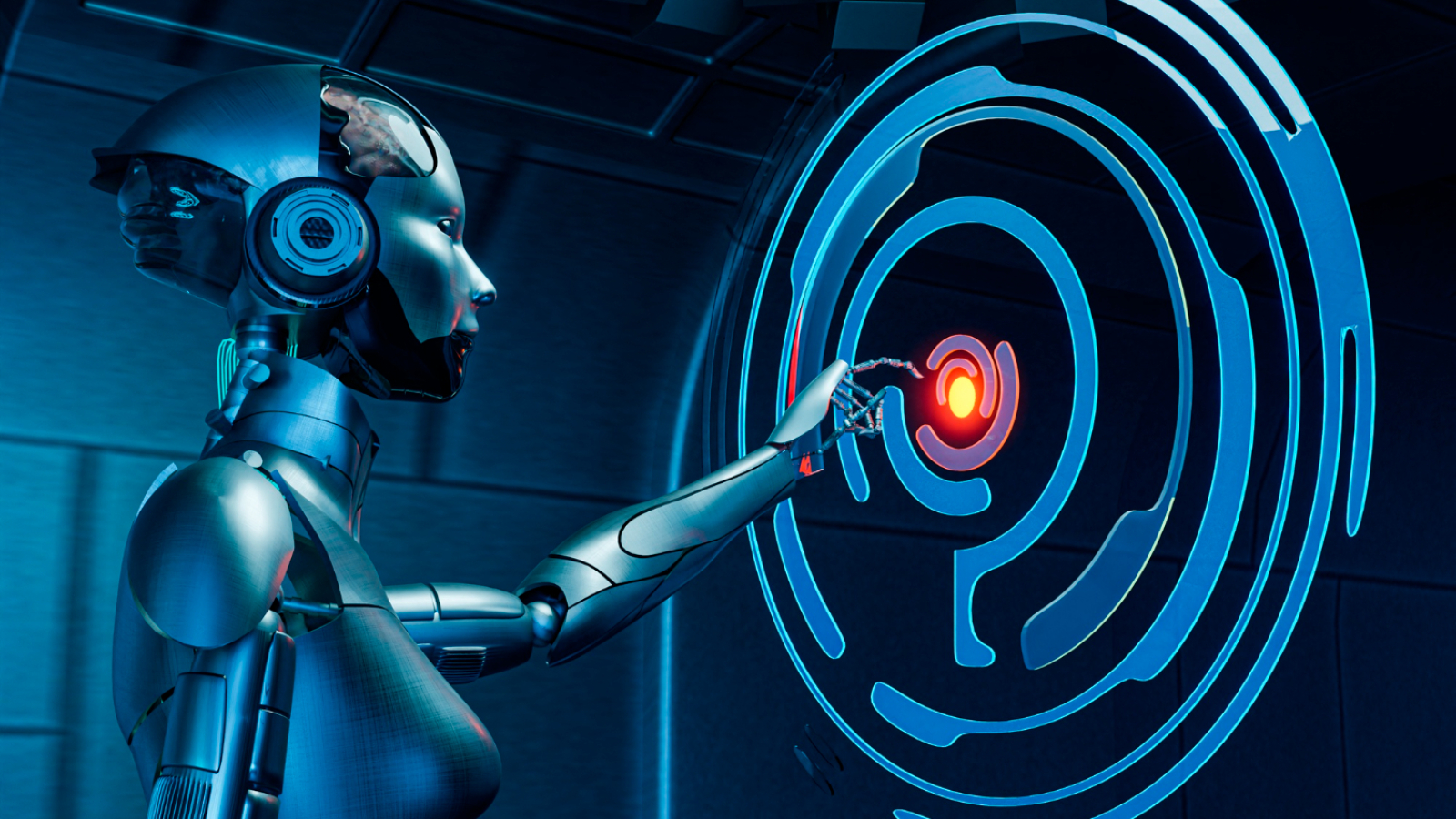The field of Artificial Intelligence (AI) has gone way beyond merely automation of tasks. What was initially a friendly tool has grown to be an autonomous decision-maker with the capacity of reasoning, planning, and performing tasks with minimum human intervention. This change can be summed up in the concept of agentic AI—AI systems that become agents, able to set goals, engage with the environment, and learn by feedback. Knowledge of the trends in the field of agentic AI is a mandatory requirement of companies, scientists, and people interested in technology who want to be on top in the rapidly developing sphere.
What is Agentic AI?
Intelligent systems that are not only supposed to obey commands but also to make independent decisions towards achieving goals are known as agentic AI. In contrast to traditional AI, which is restricted to the specific capabilities prescribed by the pre-written programs, agentic systems are flexible, can communicate with other systems, and can even work with humans. This particular agent-like behavior will become a milestone in the history of autonomous AI systems, as industries such as healthcare and finance, manufacturing, and creative services will become opportunities.
Key Trends Driving Agentic AI
The landscape of AI is constantly shifting. Here are some of the most important agentic AI trends shaping the future:
1. Multi-Agent Collaboration
One of the most exciting developments is the rise of multi-agent systems, where different AI agents work together to solve complex problems. For example, in logistics, one agent may manage inventory while another optimizes routes. Their collaboration results in smoother operations and reduced costs. This trend highlights how autonomous AI systems are moving from isolated problem-solving toward networked intelligence.
2. Goal-Oriented Reasoning
Traditional AI follows instructions, but agentic AI sets its own strategies to achieve desired outcomes. For instance, instead of a program that just predicts stock movements, an agentic system might plan trades, balance risks, and adjust strategies dynamically. This trend shows how AI is stepping into roles that require judgment and foresight.
3. Integration with Real-World Environments
Agentic AI is increasingly integrated into robotics, smart infrastructure, and IoT devices. From self-driving cars making real-time road decisions to smart factories adjusting workflows automatically, autonomous AI systems are bridging the gap between digital intelligence and physical action.
4. Human-AI Collaboration
Another important trend is designing AI agents to work alongside people. Instead of replacing human roles, these systems augment decision-making. In fields like healthcare, AI agents assist doctors by analyzing data, identifying risks, and suggesting treatments, while leaving final choices to human experts. This symbiotic relationship makes AI adoption more effective and trustworthy.
5. Ethical and Regulatory Considerations
As agentic systems grow more powerful, questions of accountability and transparency become critical. Governments and organizations are pushing for guidelines to ensure that autonomous AI systems act responsibly. Ethical frameworks, explainable AI models, and fairness checks are becoming integral to agentic AI development.
The Business Impact of Agentic AI Trends
Intelligent systems that are not only supposed to obey commands but also to make independent decisions towards achieving goals are known as agentic AI. In contrast to traditional AI, which is restricted to the specific capabilities prescribed by the pre-written programs, agentic systems are flexible, can communicate with other systems, and can even work with humans. This particular agent-like behavior will become a milestone in the history of autonomous AI systems, as industries such as healthcare and finance, manufacturing, and creative services will become opportunities.
Challenges in the Evolution of Autonomous AI Systems
Nevertheless, agentic AI has problems, notwithstanding its potential. It takes enormous amounts of data, sophisticated algorithms, and processing systems to train systems to make independent decisions. The danger of bias, security weaknesses, and transparency are also a possibility. This is one of the issues that should be addressed to make sure that the development of autonomous AI systems could bring benefits without causing unintended damages.
Future Outlook
It is possible to project that the trends of agentic AI in the future are more advanced, versatile, and collaborative. We will also have AI service agents that can handle entire enterprises, lead independent activity in the field of science, and even generate new art and design. The development of autonomous AI systems will probably influence not only the industries but also daily life, as digital assistants are transformed into true partners of personal and professional pursuits.
Conclusion
The transition between the conventional AI and the agentic AI has been a point of change in the history of technology. When we know the modern trends of agentic AI including the multi-agent collaboration and ethical regulation, we may be better equipped to confront the future when the AI systems will no longer be a tool but an active part of our world. To companies, scholars, and people, it is no longer a matter of choice to keep up with this development, but a necessary part of surviving in the age of smart independence.


Add a Comment